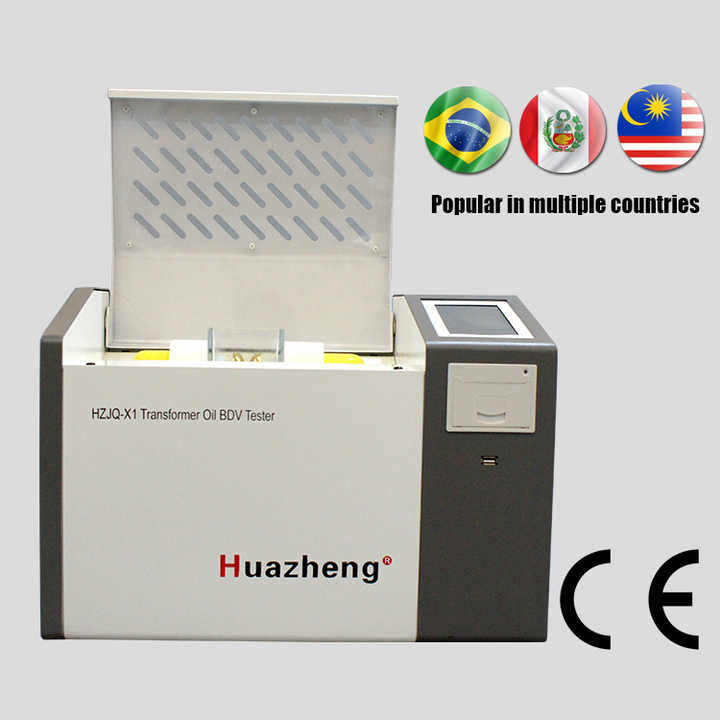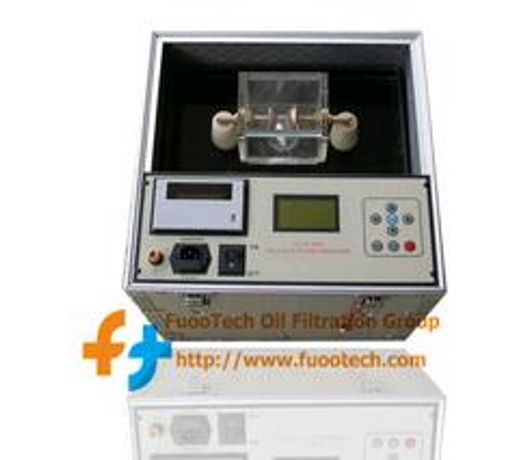Selecting the Right Dielectric Transformer Oil for Maximum Performance
The selection of dielectric transformer oil is a critical choice that impacts not just the performance and dependability of electrical systems yet likewise their environmental footprint. As we explore the nuances of various oil types and their ramifications, it becomes noticeable that the best option can lead to considerable operational advantages, prompting a more detailed assessment of ideal methods in this essential area.

Importance of Dielectric Oil
Dielectric oil plays a critical function in the procedure and long life of transformers, functioning as both an insulator and a coolant. Its main function is to avoid electric discharges in between real-time components, thus protecting the stability of the transformer. The insulating residential or commercial properties of dielectric oil help maintain a stable electrical environment, which is vital for the reliable functioning of transformers running at high voltages.
Along with insulation, dielectric oil successfully dissipates heat produced throughout the transformer's operation. This cooling capacity is vital, as excessive heat can cause lowered performance and premature failing of the transformer components. The oil distributes within the transformer, taking in warmth and transferring it to the surrounding environment or a cooling system, hence maintaining optimal operating temperature levels.
Additionally, dielectric oil adds to the general reliability and security of transformers. By minimizing the threat of electrical mistakes and overheating, it boosts the operational life-span of the tools. Routine monitoring and upkeep of dielectric oil quality are necessary to ensure that these features are performed properly, ultimately bring about boosted efficiency and minimized functional costs in electrical power systems.
Trick Residence to Take Into Consideration
When selecting transformer oil, several essential buildings need to be thoroughly examined to make certain optimal performance and reliability. To start with, the dielectric strength of the oil is crucial; it suggests the oil's ability to stand up to electric stress and anxiety without damaging down. A higher dielectric stamina boosts the transformer's effectiveness and security.
Second of all, the thickness of the oil plays a crucial duty in heat dissipation. Oils with appropriate viscosity ensure effective blood circulation and air conditioning within the transformer, protecting against getting too hot and preserving performance. Furthermore, the flash factor is a crucial consideration; it reflects the oil's flammability and safety and security throughout procedure. Greater flash points are preferable for lowering fire risks.
Oxidation security is an additional crucial residential property, as it identifies the oil's resistance to destruction in time. Oils with remarkable oxidation stability keep their performance features longer, extending the life of the transformer. The presence of ingredients can boost numerous properties of the oil, such as anti-corrosiveness and foam suppression, additional adding to functional durability.
Types of Transformer Oils
Understanding the numerous kinds of transformer oils is crucial for picking the most suitable option for specific applications. Transformer oils mostly fall under two groups: mineral oils and synthetic oils.
Mineral oils, originated from refining petroleum, are the most commonly used dielectric liquids. They possess exceptional shielding residential properties and are affordable, making them a popular choice in common transformer applications. Within this group, there are further distinctions based on additives, such as anti-corrosive and antioxidant representatives, which improve performance and long life.
Artificial oils, on the other hand, are crafted fluids developed to give exceptional thermal stability and oxidation resistance. Although typically a lot more pricey than mineral oils, artificial alternatives can offer much better efficiency in severe conditions, making them suitable for high-voltage or high-temperature transformers.
One more emerging classification is biodegradable transformer oils, originated from renewable sources like vegetable fats. These alternatives are obtaining grip due to their environmental benefits, although they might not yet match the efficiency metrics of traditional oils.
Eventually, selecting the appropriate transformer oil depends upon the particular operational needs, expense considerations, and wanted efficiency features of the application available.
Environmental Effect and Laws
The environmental influence of transformer oils has come under increasing scrutiny as regulative frameworks progress to deal with sustainability concerns. Standard mineral-based transformer oils position numerous environmental threats, including possible contamination of dirt and water bodies in the occasion of leaks or spills. The poisoning of these oils can bring about long-lasting ecological damage, requiring stringent regulations to alleviate danger.
In feedback look these up to these difficulties, governing bodies are applying more durable standards governing the usage and disposal of transformer oils. These guidelines usually motivate the fostering of biodegradable and less harmful options, such as ester-based dielectric liquids. Such choices not only reduce ecological influence however additionally enhance safety and security in terms of fire and health and wellness threats.
Furthermore, market stakeholders are significantly held responsible for the lifecycle management of transformer oils, from manufacturing to disposal. As the demand for sustainable techniques expands, business are urged to stay notified about developing regulations and take into consideration the ecological ramifications when picking transformer oils.
Ideal Practices for Selection
Because of the enhancing regulative pressures and environmental considerations bordering transformer oils, choosing the suitable dielectric liquid requires cautious evaluation of different factors. click for source Start by assessing the certain functional demands of the transformer, including voltage degrees, load problems, and ambient temperature levels. Each application might demand unique oil properties to ensure ideal efficiency and dependability.
Next, think about the dielectric strength of the oil, which directly affects its shielding abilities. A greater dielectric stamina generally translates to enhanced security and efficiency (waste transformer oil). Furthermore, check out the thermal conductivity of the liquid, as this impacts warm dissipation and general transformer cooling
An additional crucial facet is the oil's ecological effect. Select eco-friendly or less harmful fluids when possible, lining up with sustainability goals here and conformity with laws. Guarantee that the picked oil has a tested track document in comparable applications, as this can supply understandings into its lasting efficiency and dependability.
Conclusion
Choosing the suitable dielectric transformer oil is necessary for enhancing performance and making sure integrity in electrical systems. Key buildings such as dielectric strength, viscosity, and oxidation security need to be evaluated together with environmental considerations. The adoption of naturally degradable oils not only sustains sustainability however additionally follows regulative standards. By adhering to finest techniques in the option process, organizations can improve functional effectiveness while meeting company social obligation purposes in the energy market.

In enhancement to insulation, dielectric oil effectively dissipates heat generated during the transformer's procedure.In addition, dielectric oil contributes to the general dependability and safety and security of transformers.Picking the appropriate dielectric transformer oil is important for optimizing efficiency and making sure reliability in electric systems.